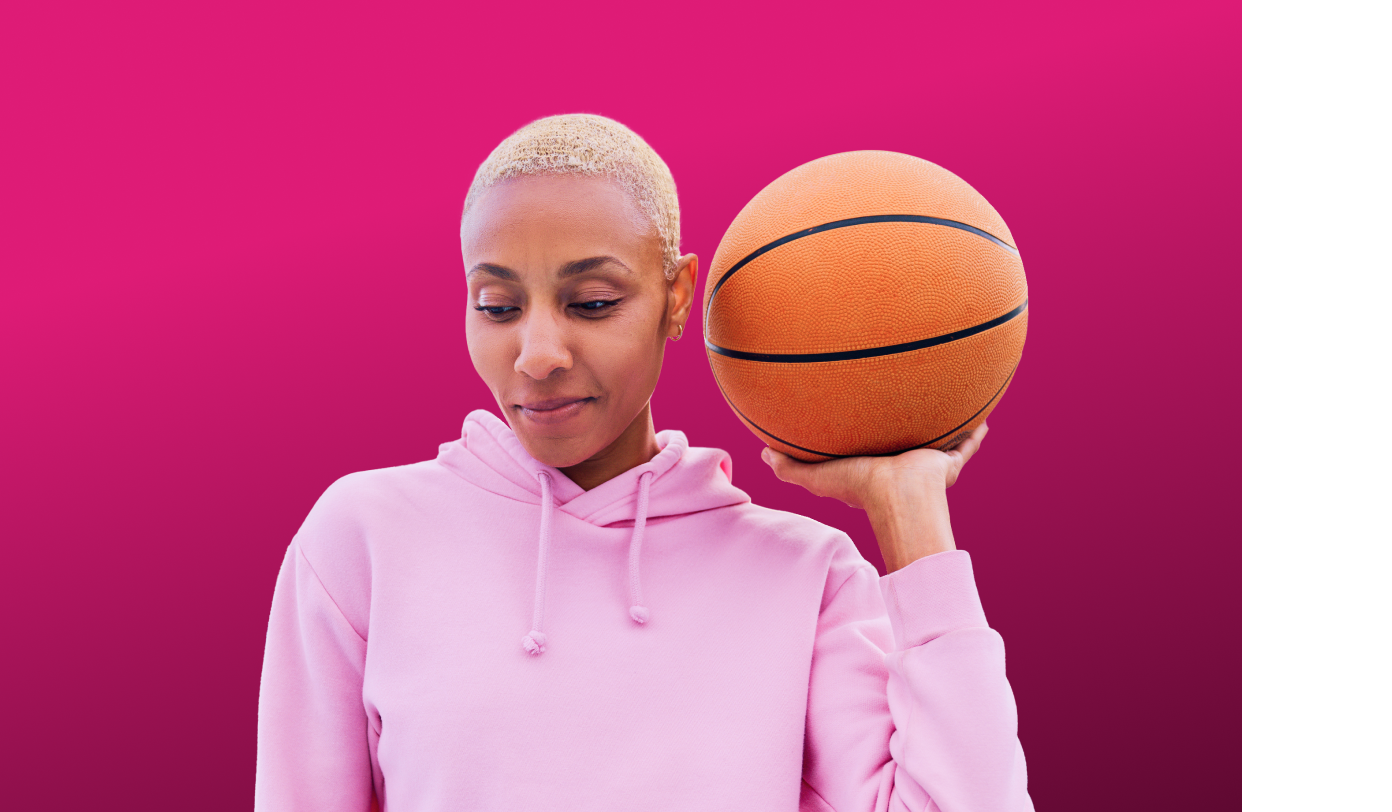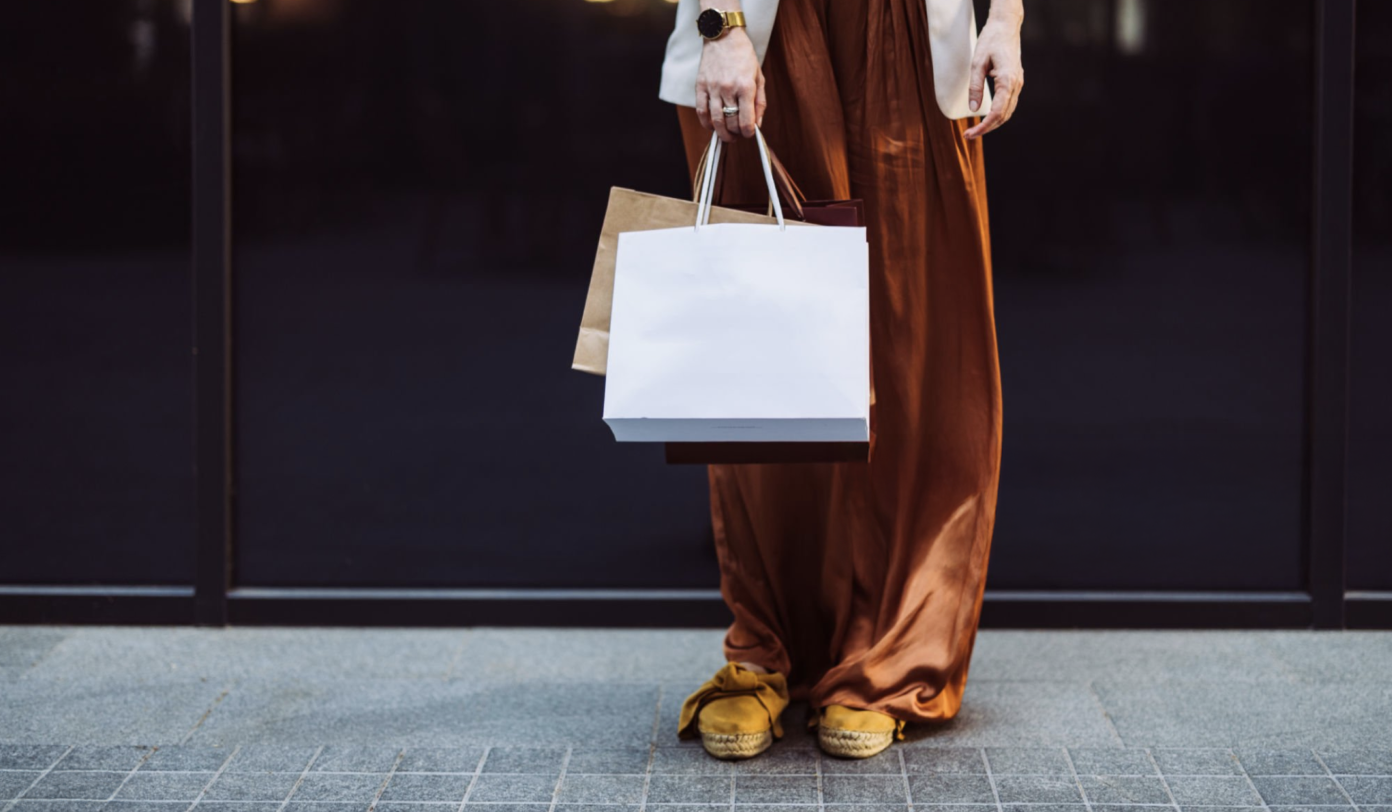When you think of the word “luxury”, we traditionally associate this with being flashy, pricey, or exclusive. But with retail trends like quiet luxury and dupes gaining momentum, the meaning of “luxury” in the eyes of consumers is constantly changing.
With consumer demand steadying post-pandemic, it’s never been more important to know your audience to stay ahead of the curve. So, what can brands do to keep up with luxury shoppers?
In this blog we’ll shine a light on:
- What’s considered “luxury”?
- Who are luxury buyers?
- What are luxury buyers actually buying, and why?
- How are their spending habits changing?
- Their purchase journey
Luxury buyers may not be who you think they are
Younger consumers and luxury go hand in hand, with the majority of luxury consumers being Gen Z or millennials. Gen Z are the ones to watch though, as they’re purchasing luxury goods three to five years earlier than millennials did at their age.
There’s likely a mix of factors at play here, but a big one could be due to many having a safety net in place – 66% of Gen Z say they live with their parents, potentially giving them more freedom to fund their expensive tastes. Meanwhile, many millennials are progressing in their careers, with their spending potential likely to grow too.
Gen Z and millennials also accounted for all of the luxury goods market’s growth last year, so together they’re pretty influential in this space.

Brands shouldn’t make any assumptions about these shoppers though, as they may be more varied than you first expect. For starters, they’re more likely to be male, with men making up over half of this audience. Many might also imagine that luxury buyers are wealthy, but that’s not necessarily the case – luxury is becoming more accessible than it was in the past. In fact, the majority of these consumers don’t sit in the high income bracket. So despite having luxury preferences, these shoppers are likely making economies elsewhere.
For brands hoping to tap into this audience, the Asia Pacific region is a key market at play with around half of consumers here being luxury buyers, highlighting immense potential and lucrative opportunities for brands. For brands hoping to engage with this region, it’s important to understand cultural nuances, preferences, and the purchasing behaviors of this diverse audience to secure them as a customer base.
They’re tech-driven shoppers
Luxury buyers have their eyes set on the latest tech. They’re 45% more likely than the average consumer to say they buy new tech products as soon as they’re available, with smart home products in particular taking their fancy.

Their interest in buying new tech products as soon as they’re available also suggests they’re early adopters. For tech brands, this could mean doubling down on messages around exclusivity, and releasing limited products. Luxury brands could also explore collaborations as a way to tap into this audience. The Balenciaga and Bang & Olufsen speaker bag is a great example here – only 20 bags were available and had to be purchased from their store in Paris.
AI also has the potential to take the luxury experience to the next level. Half of luxury buyers say they feel excited about AI, and almost three quarters of luxury consumers think that customer service chatbots are a useful and helpful tool – 15% more likely than the average person. For luxury brands there may be opportunities to use AI to further enhance customer interactions, and offer a seamless and efficient customer experience.
Shining a light on their thrifty side
It’s not all about the luxury products this group is buying though. As we mentioned at the start, most of them aren’t actually high earners, and so many are likely making savings in other areas.
The cost of living crisis has brought out their thriftiness – it’s all about spending smartly for this group. When it comes to groceries, luxury buyers are 9% more likely than the average consumer to say they regularly buy own-label products, and 19% more likely to use coupons or vouchers to get money off (growing 8% in the last year). Leaning into money-saving schemes is bound to resonate with this group.
Luxury buyers don’t always eat out at the most premium establishments either. In fact, many are fans of fast food – 63% say they eat it at least once every two weeks, 26% more likely than the average person.
This group are also coffee fiends, and stand out for visiting coffee shops monthly. Luxury buyers in the UK are 27% more likely than the average consumer to say they’ve visited Caffè Nero, and 18% more likely to have visited Costa Coffee.
Not only does this paint a picture of who these shoppers are, but it also shows where normal, everyday activities may give luxury brands creative partnership opportunities. Take Fendi for instance, and their recent release of two styles of leather coffee carriers. It was an interesting move from the brand, and shows how everyday activities or experiences can be made special – chic coffee, anyone?
Luxury buyers are swayed by a dupe
Even though quality stands out for being the most important factor when luxury buyers choose a product, they also buy into brand reputation. Which might explain why they’re swayed by a dupe, or fake version, of a product. Almost 3 in 10 luxury buyers say they’ve purchased fake products regularly in the last year, and over 2 in 5 have purchased secondhand products.
When looking at luxury buyers’ stand out reasons for buying fake products, brand reputation comes out top. But there’s more to their purchases than that, with around 3 in 5 also saying that owning high-value products is a reflection of someone’s status and success.

So for many luxury buyers, the emotional and social aspects are important, and in some cases more important than the products themselves. This could explain why they may be happy with a fake product – it gives them the status that they want, without the high price tag.
Another way they may try to make their money go further is buying into the quiet luxury trend, which is similar to the “stealth wealth” and “old money” dressing styles gaining traction on TikTok. They’re a way of displaying wealth through clothing. Offering a classic minimalist look with a focus on premium basics, while flashy, logo-heavy pieces take a backseat. The number of luxury buyers who say standing out in a crowd is important to them has dropped 13% year-on-year, with these shoppers aligning themselves with this look. The trend has likely stemmed from the cost of living crisis as people change their style during economic slowdowns, and investing in higher quality, classic pieces means their money can go further.
Brands trying to engage with luxury buyers will need to take a multi-pronged approach. Harnessing messages around status, success, and accomplishment will be key to attracting prospective buyers. For the thriftier individuals, highlighting the smart luxury angle will be key – whether it’s through secondhand options, pre-loved pieces, or highlighting lasting value and quality.
Fostering a sense of belonging is key
We mentioned before how exclusive releases are likely to go down well with these shoppers, and exclusivity is one of the key qualities they stand out for wanting brands to be, along with being young and bold. It goes back to how luxury buyers purchase items to enhance how they look and feel.

The preferences of luxury buyers go hand in hand with their expectations from brands too – which is to improve their image or reputation, and in return, they’re most likely to advocate for their favorite brand online if it bolsters their online status.
Luxury buyers don’t want their relationship with brands to be purely transactional though. They also stand out for wanting brands to run customer communities and forums, suggesting these consumers want a connection and active engagement with the brands they buy from. This is something luxury fashion house Chanel has launched with its @welovecoco community on Instagram. The account is designed to feature user-generated content created by Chanel lovers, and includes tutorials and inspiration for makeup looks.
5 key takeaways for brands
In the ever-evolving landscape of the luxury market, brands must stay attuned to the preferences of luxury buyers to remain relevant and successful. So here are our key takeaways:
- Expect the unexpected. Luxury buyers may be more diverse than you might think, so brands shouldn’t make assumptions about these shoppers. You need to know your target audience.
- Tech-savvy and early adopters. Luxury buyers have a keen interest in technology and are often early adopters of tech products. Brands can leverage this affinity by exploring collaborations between luxury brands and exclusive tech releases.
- Opportunities beyond luxury. Despite their luxury preferences, these buyers aren’t necessarily high earners, so getting the best bang for their buck is key. Brands can explore creative opportunities by offering products that cater to their everyday interests outside traditional luxury items.
- They’re partial to a dupe. For this group it’s about how luxury products make them feel, regardless of whether it’s the real deal or not. Brands should focus on the emotional appeal and aspirational experiences.
- Nurture connections. Luxury buyers seek more than transactional relationships with brands, so fostering a sense of belonging and involvement is key to building loyalty.
Webinar: Retail trends in 2023
Get a front row seat





.webp?width=495&height=317&name=pink_thumb_graphs%20(1).webp)
.webp?width=495&height=317&name=pink_thumb_letter%20(2).webp)
